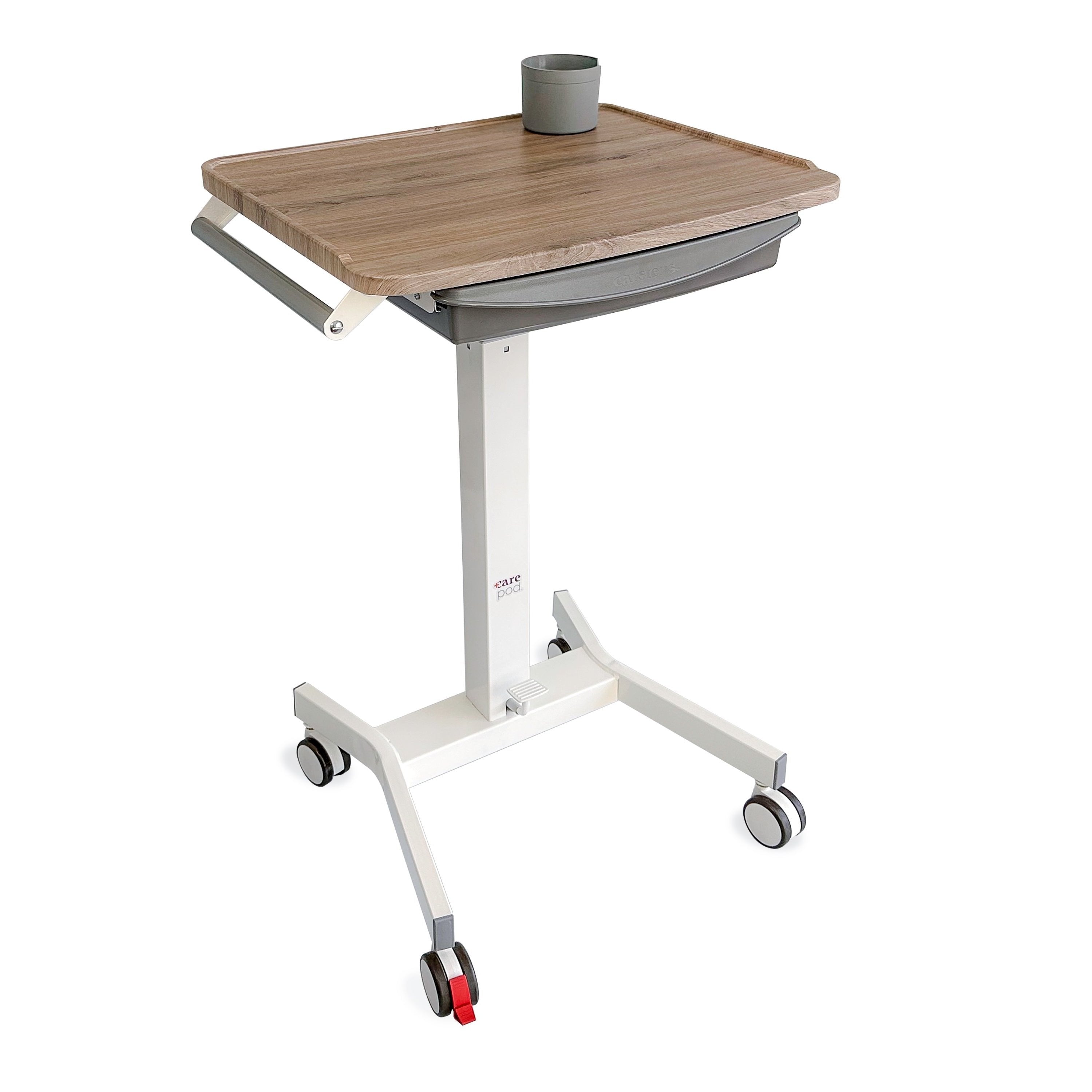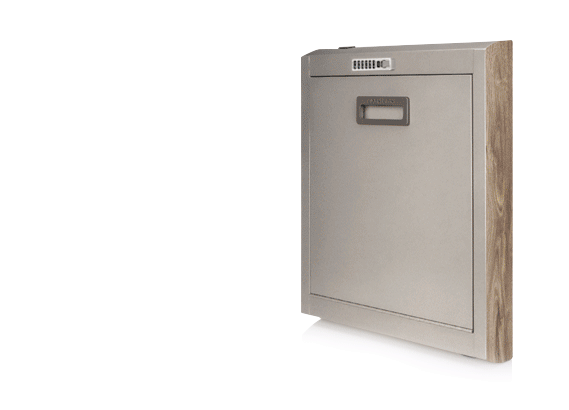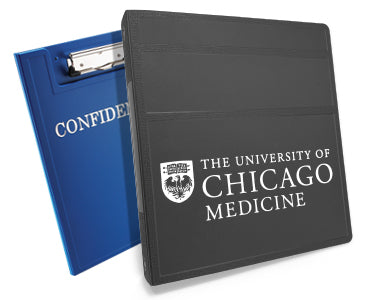Efficiency is crucial in health care, where every second can impact patient outcomes. However, small, everyday challenges can add up to significant time losses, making it harder for health-care professionals to focus on what matters most—delivering quality care. Misplaced files, scheduling conflicts, incomplete documentation and other issues can disrupt workflows, create unnecessary stress, and cause delays that ripple across the entire system.
These inefficiencies waste time and can lead to burnout among staff and dissatisfaction among patients. However, it’s possible to identify and fix time-wasters in health care by implementing the right tools and strategies. Doing so can streamline workflows, improve patient care, and help health-care workers focus on what matters most—delivering quality care with fewer distractions.
Organize the Workspace
A well-organized workspace is foundational to eliminating inefficiencies in health-care settings. Clutter slows a medical professional’s ability to access crucial information or tools and introduces unnecessary stress into an already high-pressure environment. Streamlined organization supports precise workflow, helps caregivers focus on caregiving, and, ultimately, leads to improved patient outcomes.
Reliable filing systems play an integral role in keeping essential documents easily accessible. Investing in high-quality filing cabinets with clear labeling systems ensures that you can quickly retrieve patient files and administrative paperwork whenever needed. Often, cluttered desks and misplaced files contribute to wasted time, but a well-designed filing cabinet system alleviates this problem entirely.
The desks in workspaces deserve strategic attention. Our drop down desk and other folding desks provide space-saving solutions ideal for demanding environments that require flexibility. These desks transform small or crowded areas into fully functional workstations, allowing staff to set up their workspace when needed and neatly tuck it away when not, reducing overall clutter.

Optimize the Schedule
Managing time effectively in health care depends heavily on streamlined scheduling practices. Without proper systems in place, chaotic schedules can result in missed appointments, overburdened staff, and inadequate patient care.
Client confirmations dramatically reduce no-shows and last-minute cancellations. While many facilities rely on manual reminders, automated email or text confirmations take far less time to manage and are more reliable. By adopting strategies to secure confirmations, caregivers can gain control of their schedules and free up time to serve more patients.
Task prioritization is equally vital. Often, overloading staff with tasks of varying urgency leads to inefficiencies, as less important assignments eat up time that they could direct toward patient care. Ensuring that priority tasks align with caregiver availability and specific expertise can help medical practitioners avoid bottlenecks and ensure smooth operations.
Optimize Patient Flow
You can create a more efficient and patient-friendly environment by improving how individuals move through your health-care facility. Efficient patient flow minimizes delays, improves experiences, and helps you deliver better care.
Start by redesigning your waiting areas to ensure they are organized and welcoming. Place clear signage, set up separate spaces for different patient groups, and install digital check-in kiosks. These changes ensure patients understand where to go and what to expect, reducing confusion and freeing you to focus on care.
Use triage systems to prioritize patients based on urgency. This approach ensures those with critical needs receive attention first while transforming how you manage your workload.
Track patient locations and treatment progress in real time to reduce bottlenecks. By monitoring this data, you can allocate resources efficiently, prevent overcrowding, and decrease wait times. This proactive approach enables you to identify issues quickly and adjust processes without delay.
Use Digital Tools
Digital tools remove guesswork and manual errors, paving the way for seamless operations. Health-care providers will benefit from faster workflows and fewer mistakes by eliminating outdated, paper-based processes.
Using an online calendar improves team coordination and helps staff know exactly when and where you need them. A unified calendar provides visibility into clinical appointments, staff shifts, and meeting schedules, reducing confusion and saving time spent navigating misalignments.
Task management software takes planning a step further, especially in large health-care organizations. These platforms maintain transparency regarding ongoing and upcoming tasks, making it easier to delegate responsibilities and monitor completion. Task tracking ensures that critical duties, from administrative compliance to patient follow-up calls, never slip through the cracks.
Automated reminders also play a critical role in reducing last-minute obstacles. From notifying nurses about expiring prescriptions to reminding administrative staff about overdue billing, these alerts safeguard against preventable delays that disrupt operational flow.
Improve Collaboration
Collaboration plays a crucial role in minimizing delays associated with miscommunication. Effective teamwork requires clearly defined communication practices and tools so everyone on staff has the information they need, exactly when they need it.
Fostering clear communication reduces the risk of misunderstanding or incomplete tasks. When medical professionals can convey instructions with measurable specificity, staff can execute tasks precisely, minimizing rework. Digital communication tools integrated into your workflows provide an extra layer of transparency for team tasks and updates.
Good documentation is another time-saving pillar. Maintaining clear, detailed, and accurate records ensures information doesn’t get lost in transition. Likewise, well-documented processes simplify onboarding, helping new team members adapt quickly to workflows without overwhelming their veteran counterparts with questions.
Task delegation keeps the workload evenly distributed, enabling employees to focus on responsibilities aligned with their expertise. Overburdening certain team members while underutilizing others wastes valuable time, creating inefficiencies in an already complex environment. Strategic delegation unlocks better productivity for the entire team.

Invest in Training
No tool or operational system delivers value without proper training. Employees with the skills and confidence to adapt to new efficiencies contribute directly to better patient care and enhanced workplace dynamics. Workflows flow seamlessly when health-care professionals understand the tools and methodologies they work with.
Provide hands-on training sessions for new processes, ensuring comprehension and comfort among staff. Regularly update training on evolving practices to maximize the benefits of new technology and systems. Empower your team to adopt these changes with ease, and they’ll help the organization go further.
Maximize Time at Your Facility
Now that you know how to identify and fix time-wasters in health care, it’s time to act. Eliminating inefficiencies starts with having the right tools at your disposal. By choosing solutions designed to streamline your workflow, you can reclaim valuable time and energy for the tasks that truly matter.
Carstens supports health-care professionals with products designed for efficiency and reliability. From drop-down desks to chart racks and clipboards, our offerings save valuable time so that you can focus on what matters most. Explore our products today and see the difference purpose-driven tools make in health care.






